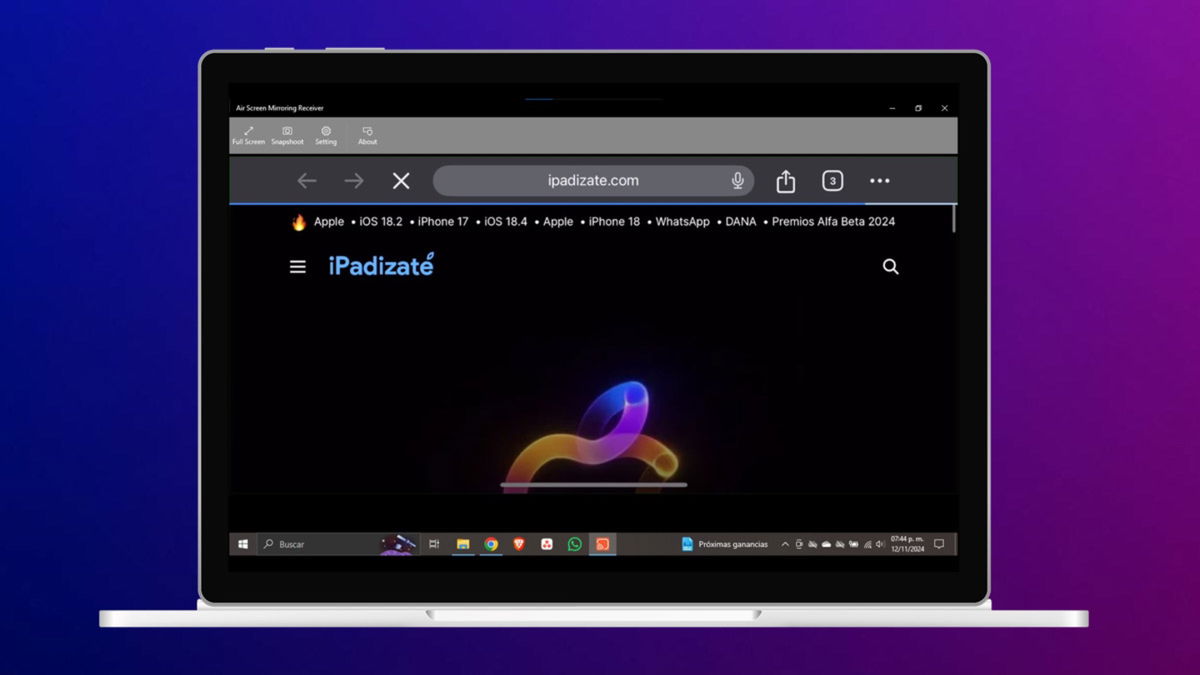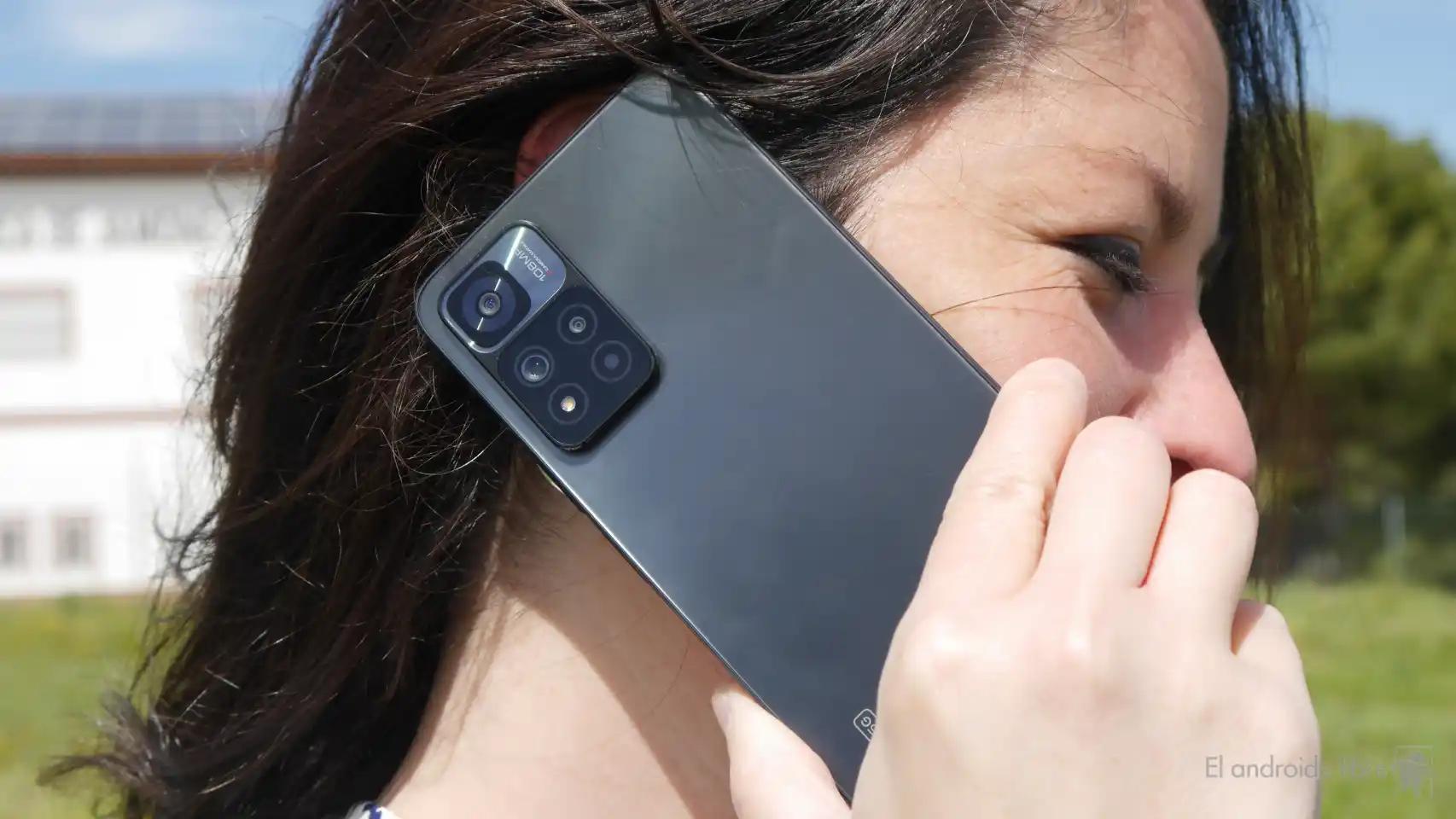Many mobile manufacturers have long opted for different cooling systems which prevent – or help mitigate – terminal overheating when, for example, we are playing or it is charging. Steam chambers are one of them, but there is also liquid cooling that several models have been using for years.
Now Xiaomi has officially presented its Loop LiquidCool technology, a new cooling system that promises double heat dissipation capacity of a telephone compared to current solutions, including steam rooms. As the company explains, its creation was inspired by solutions from the aerospace industry.
Available for next year

The main novelty of Loop LiquidCool technology is that it concentrates its cooling capacity on the one-way coolant circulation. This is possible thanks to a one-way Tesla valve inside the system’s charging chamber, which prevents the gaseous refrigerant from moving in the wrong direction, thus achieving higher efficiency.
The system is composed, among others, of a condenser, a charging chamber and an evaporator interconnected by o ther pipes responsible for transporting the refrigerant in liquid or gaseous form. As the name suggests, the evaporator is responsible for evaporating this refrigerant to transport it to the condenser, where it is converted back into liquid and manages to disperse the heat to the outside of the device.

With this, Xiaomi guarantees that the resistance to the passage of air is reduced by up to 30% and the maximum heat transfer capacity increases up to 100% compared to other similar refrigeration systems. And to verify this, he performed a test on a Xiaomi Mix 4 modified with high performance graphics games, like ‘Genshin Impact’.
As can be seen in the video, after 30 minutes of playing at 60 fps maximum stable, the device remained below a maximum temperature of 47.7 ° C and the processor remained 8.6 ° C lower than other similar cooling systems.
Xiaomi also boasts that the flexible hoses of this solution allow implement Loop LiquidCool technology on any deviceregardless of their internal layout, freeing up more space for the battery, camera module and other components. Unsurprisingly, the company has already confirmed that we will be seeing this cooling system in a Xiaomi phone in the second half of 2022.








